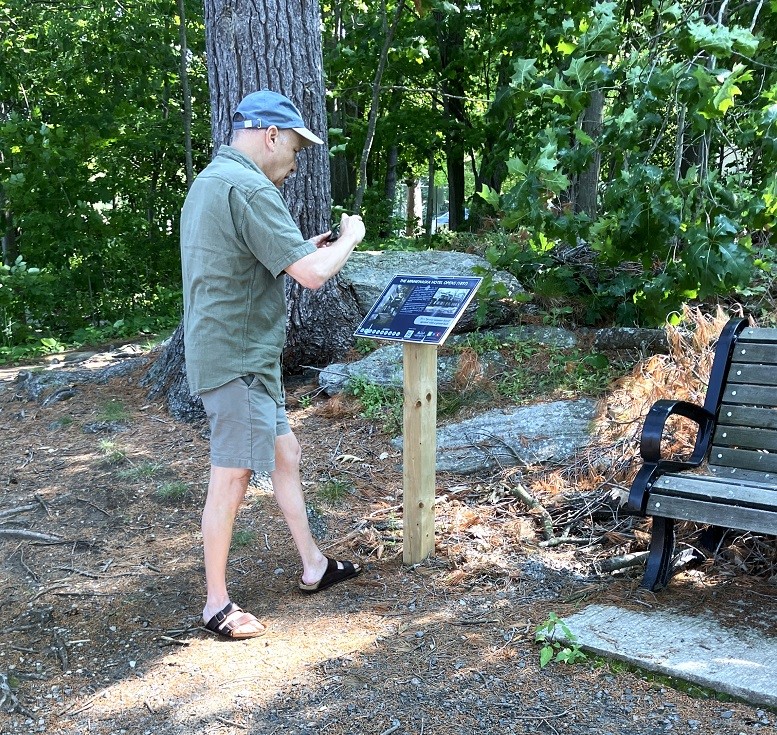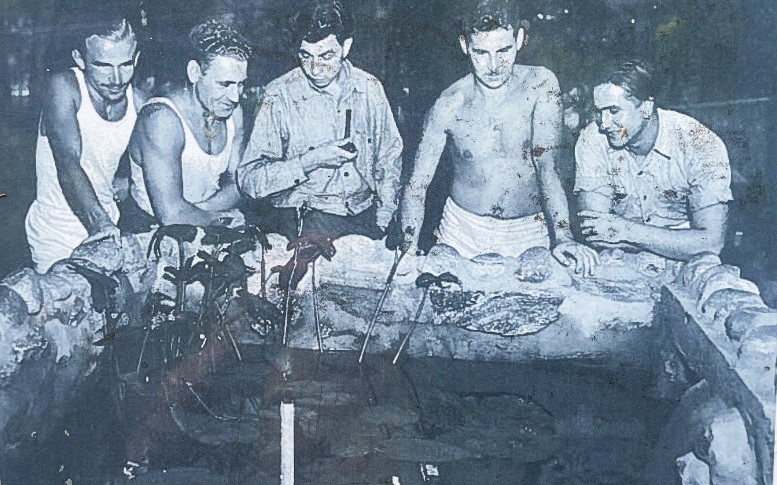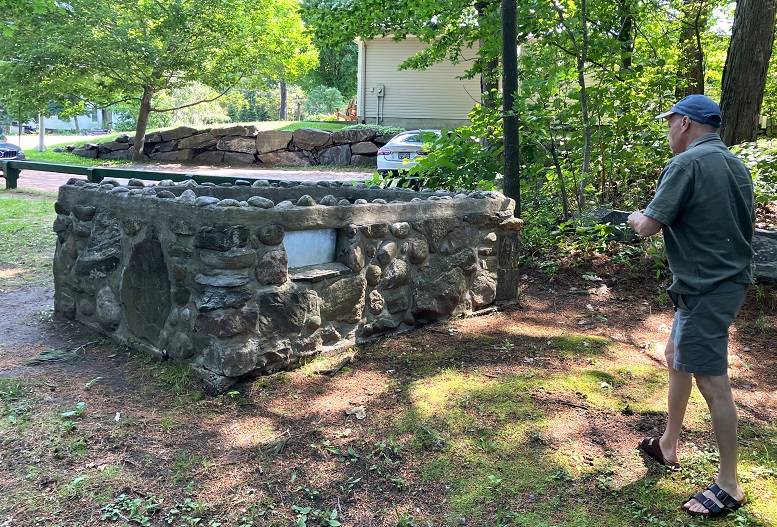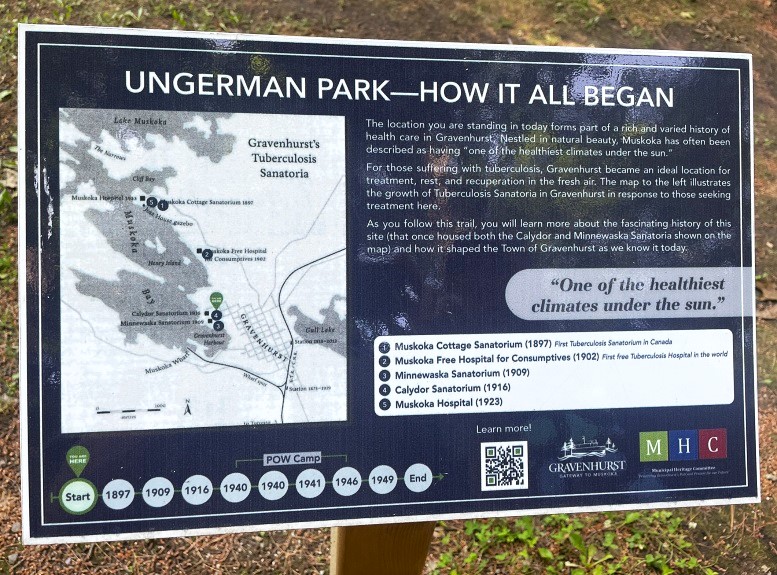IRONY OF GERMAN P.O.W. CAMP 20 WAS IT BECAME JEWISH RESORT. LEARN MORE WEDNESDAY WITH JUDY HUMPHRIES TALK
Bob Pomerantz | Special to TODAY.com
GRAVENHURST — You might know that Gravenhurst was home to a German prisoner-of-war camp between 1940 and 1946.
But did you know that, ironically in 1949 the camp was repurposed as a Jewish summer resort with kosher-style food and stand-up comics like a young Dave Broadfoot?
That’s just one of many colourful facts to be revealed when local archivist Judy Humphries presents “Uncover the History of the P.O.W. Camp 20,” on Wednesday, Aug. 13 at 6:30 p.m. at Gravenhurst Public Library.
To get you started on your learning curve, here’s a mini-primer on this unusual bit of Gravenhurst history:
- The property in question is on the current site of Ungerman Gateway Park, on the east shore of Muskoka Bay; The site began life in 1897 as the Minnewaska tourist hotel
- The main P.O.W. camp building began life in 1916 as the Calydor Sanatorium, built to treat people with tuberculosis and other lung diseases. It closed in 1935 due to a decline in TB and the costs of private care during the Depression;
- Britain feared a full-scale invasion by Germany in 1940, and did not want to risk housing thousands of prisoners of war on home soil. So she asked Canada to house what would end up being approximately 33,000 PoWs at some 25 enemy-combatant camps across the country;
- Camp 20, also known as Camp Calydor or Camp C, was primarily an officers’ camp. It was eventually classified as a “Black” internment camp, meaning the majority of its prisoners were fervent Nazis;
- Yes, there were a couple successful escapes from the camp, but not because conditions were gruelling. In fact, it was claimed that the imprisoned officers enjoyed better conditions than the men guarding them: The guards were members of the Veterans Guard of Canada, mostly First World War veterans;
- While all of Canada’s PoWs were forced to return to Germany after the war ended,
some later emigrated with wives and children to settle in Canada. A few actually booked reservations at the Gateway Hotel, so they could show their families where they were interned during the war. Imagine: former German officers mingling with primarily Jewish guests eating bagels and lox or watching Jewish stand-up comedy? “Take my Iron Cross …. Please!”
Do attend the presentation at Gravenhurst Public Library this Wednesday at 6:30 p.m. You can also watch it live online by going to this page to register for link invite https://events.gravenhurst.ca/library/Detail/2025-08-13-1830-Uncover-the-History-of-the-POW-Camp-20
(Some data from “The Gilded Cage: Gravenhurst German Prisoner-Of-War Camp 20, 1940-1946”; by Gravenhurst Book Committee 1999 / Cecil Porter).
Bob Pomerantz is a Toronto writer/journalist with family property on Lake Muskoka, across from the former PoW camp.





